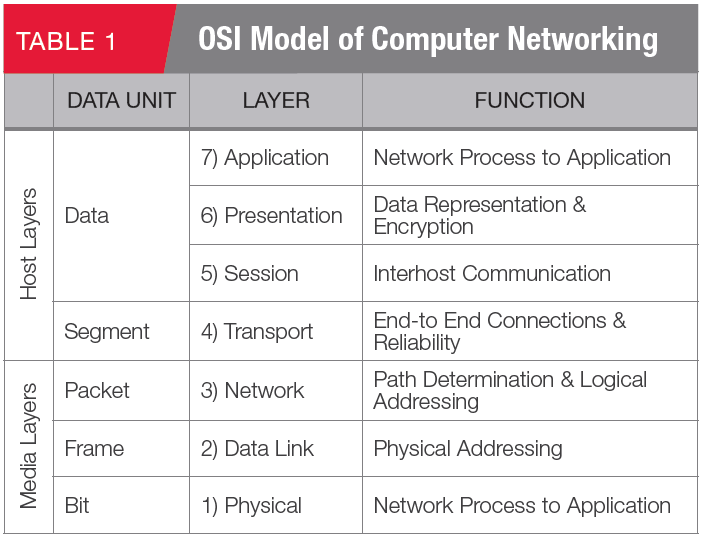
Key Considerations for Rugged Ethernet Switch and Router Solutions
The first consideration when choosing an Ethernet switch or router – and one that you may have already determined when you started evaluating options – is form factor. In some cases, a line replaceable module (LRM), like a VPX Ethernet switch, is the right choice because it can be easily inserted into existing systems and individually upgraded without replacing the entire system. In other cases, a standalone subsystem or line replaceable unit (LRU) is the right solution.
In addition to choosing the appropriate form factor, there are core architectural requirements to evaluate when new platforms are developed and when legacy aircraft and land vehicles are modernized. The considerations apply equally to LRM and LRU form factors. Taking the time to explore each of these aspects in detail will put you in the best position to ensure your solution delivers the right combination of Ethernet switching and routing capabilities for program, platform, application, SWaP, and budget constraints.
Routing and Switching Requirements
Rugged Ethernet switches and routers form the core of network architectures. Embedded switch technology connects devices on a local area network (LAN) onboard ground vehicles or aircraft, enabling them to communicate and share information locally. Connected devices might include a mission computer, flight computer, video camera, weapons system, Ethernet-enabled radio, or wireless devices.
Routers form the next layer of network connectivity. Embedded switch technology often interfaces with routers to share information outside the vehicle to a wide area network (WAN) through a tactical radio, satellite modem, or other wired or wireless backhaul devices. This networking paradigm enables communications across applications and between defense and aerospace platforms. For insight into key technology and security requirements when connecting to WANs, read our white paper, Linking Outside the Box: Connecting Embedded Systems to Wide-Area Networks.
The OSI model of computer networking (see Table 1) defines layers of functionality that correspond to traditional switch and router capabilities.

As indicated in Table 1, switching functionality is commonly associated with the Layer 2 data link layer, while routers are traditionally related to the Layer 3 network layer. However, some switches do operate in Layers 2 and 3, providing efficient switching and static or dynamic IP routing capabilities. For more details on the OSI data layer model, read our white paper, Embedded Ethernet: Physical Layer Standards.
Speed and Port Count
When evaluating embedded routers, it’s important to remember that not every application needs 1, 10, 40, or 100 GbE connectivity. In fact, because the wireless radio connection often constrains the speed of vehicle-to-vehicle platform communications, 10/100 Fast Ethernet may meet some network requirements for WAN routing. Most satellite and tactical radio systems strain to achieve 5 to 10 Mbps throughput. Hence, Ethernet routing throughput requirements may differ from switching bandwidth.
When evaluating embedded Ethernet switches, it’s important to remember that the bottlenecks of a WAN connection do not limit intra-vehicle LAN communications. Onboard computing devices will benefit from Ethernet switches offering 1 Gbps or faster connectivity. There are currently only a few applications that require more than 1 Gbps. However, as defense organizations prepare for bandwidth-intensive applications, such as high-definition video surveillance, signal intelligence, and radar, sonar, and high-performance communications systems, they require increasingly faster switches.
Continue reading our white paper, Choosing a Rugged Ethernet Networking Solution, to explore all these considerations in detail and learn more about selecting the right combination of Ethernet switching and routing capabilities for your program, platform, application, SWaP, and budget.